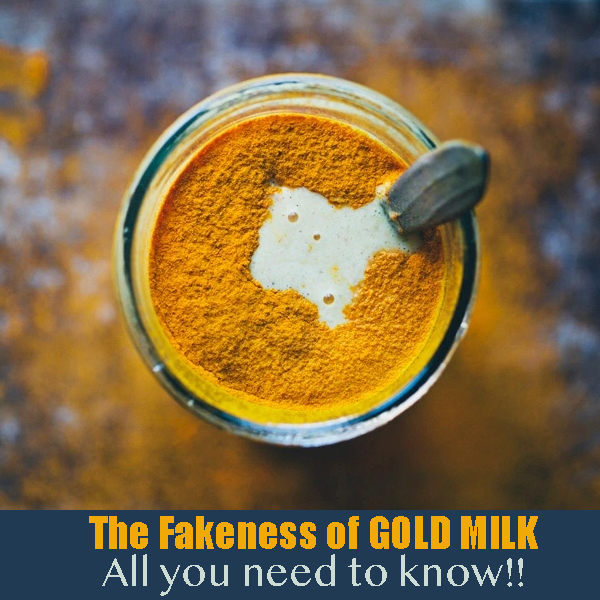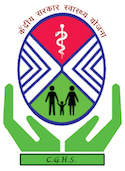-
October 9th, 2019Ujjayi Pranayama
The prefixed “Ut” attached to verbs and nouns, means upwards or superiority in rank. It also means blowing to expanding. It conveys the sense of Pre-eminence and power. Jay means conquest, Victory, triumph or success. Looked at from another view point it implies restraint or curbing. Ujjayi is the process in which the lungs are… Continue reading Ujjayi Pranayama
-
October 9th, 2019Surya Bheda Pranayama
Surya is the SUN. Bhedana is derived from the root “bhid” meaning to pierce, to break or pass through. In Surya Bhedana Pranayama, the breath is inhaled through the right nostril. In other words the Prana passes through the Pingala or Surya Nadi. A Kumbhaka is then performed and the breath is then exhaled through… Continue reading Surya Bheda Pranayama
-
October 9th, 2019Sitkari Pranayama
Sitkari Pranayama is that which causes cold. This is a variation of Sitali Pranayama. Technique:- Sit in Padmasana, Siddhasana, or Virasana Keep the back erect and rigid. Perform the Jnana Mudra with the hands. Here Jalandhara Bandha is not done during inhalation but later. Open the mouth and slightly protrude the tip of the tongue… Continue reading Sitkari Pranayama
-
October 9th, 2019Shitali Pranayama
Shitala means cool. This Pranayama cools the system, hence the name. Technique: Sit in Padmasana, Siddhasana, or Virasana Keep the back erect and rigid. Perform the Jnana Mudra with the hands. Here Jalandhara Bandha is not done during inhalation but later. Open the mouth and form the lips into an ‘O’. The sides and tip… Continue reading Shitali Pranayama
-
October 9th, 2019Pratiloma Pranayama
Prati means opposite. This type of Pranayama is the converse of Anuloma. In it inhalation is alternate through either nostril and then exhalation is through both nostrils as in Ujjayi. Technique: Sit in any comfortable position like Padmasana, Siddhasana, or Virasana. Keep the back erect and rigid. Lower the head to the trunk. Rest the… Continue reading Pratiloma Pranayama
-
October 9th, 2019Pranayama
Breathe Control (Pranayama) Pranayama is another important path. Prana refers to the life force or energy that exists everywhere and is manifested in each of us through the breath. Ayama means “to stretch or extend.” Prana flows out from the body, and pranayama teaches us to maneuver and direct prana for optimal physical and mental… Continue reading Pranayama
-
October 8th, 2019Parts of Ashtanga Yoga
Detachment (Pratyahara) The fifth limb of yoga is sense-related. Pratyahara is the practice of withdrawing the senses from everything that stimulates them. Normally, we live by our senses. We are drawn to look at beautiful or even ugly things. We listen, we taste, we touch, and we smell. This is the ordinary state of things,… Continue reading Parts of Ashtanga Yoga
-
October 8th, 2019Niyama
Yoga Do’s: Just Say Yes (Niyamas) And now for the fun part! Niyamas are Patanjali’s observances—what to do, as opposedto what not to do. The first niyama cleanses the way for all the others. Be Pure (Shauca) Purity is achieved through the practice of the five previous yamas, so the yamas and niyamas work hand… Continue reading Niyama
-
October 8th, 2019Nadi Shodhana
Nadi Shodhana is a purifying as well as a balancing Pranayama. The Sanskrit term Nadi means ‘channel’ or ‘flow’ and Shodhana means ‘purification’. This suggests that the practice of Nadi Shodhana purifies the network of psychic energy channels in the body. The logic behind Nadi Shodhana Pranayama states that there is a constant pranic flow… Continue reading Nadi Shodhana
-
October 8th, 2019Mudra
Human body is composed of Panchmahabhutas. Panchamahabhutas are present everywhere right from the grossest things up to the subtlest objects surround us. Mahabhutas are the states of energy. Fingers are also composed of these five elements and each finger represents a mahabhutas like the little finger represents the water element, the ring finger the earth,… Continue reading Mudra














